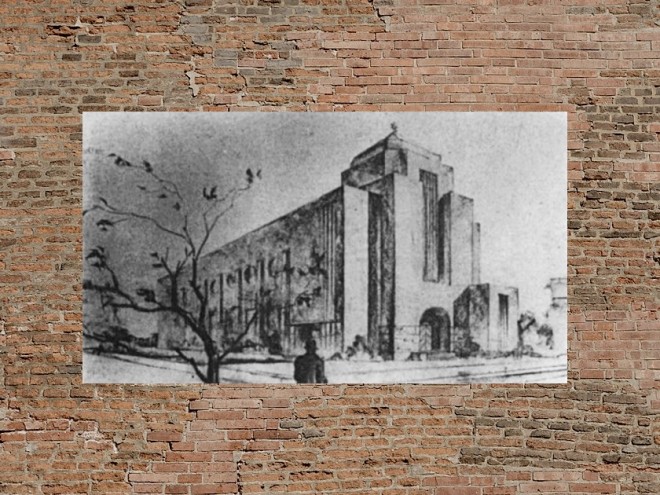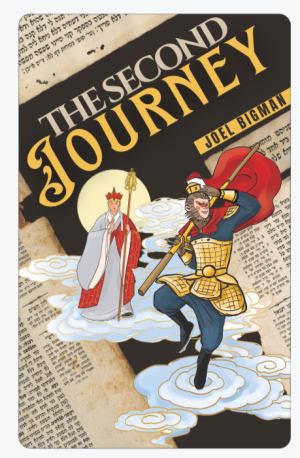In Helmi’s Shadow, David Horgan traces the journey of his grandmother (Rachel) and mother (Helmi) as they cross Asia and eventually settle in the United States. Horgan tells this story with admiration and thorough research, skillfully interweaving Rachel and Helmi’s biographical details with world events.
“Part One, the Far East” is rich with geopolitics. With her family, Rachel flees pogroms in Odessa as a child and takes the Trans Siberian Railroad to settle in the Chinese city of Harbin, an international refuge. Life and love take Rachel to Japan, where she gives birth to her daughter, Helmi (whose name is Japanese for “pearl”). Later, facing tragedy and political instability, Rachel and Helmi make their way to the slums of Shanghai, China, where they spent most of Helmi’s childhood. Technically stateless, mother and daughter move again and manage to survive World War II mainly in the Japanese port city of Kobe. After the war, they meet American soldiers. Helmi, a resourceful polyglott, academic overachiever, and pretty to boot, manages to find employment helping the US Army.
Whereas the first part of Helmi’s Shadow equips readers with relevant cultural and historical information, “Part Two, America” — which takes place mostly in Reno, Nevada — leans on assumed shared cultural references. One recurring topic is Helmi’s marriage to the author’s father, Bill Horgan, a devout Catholic. Though not religiously inclined, Helmi values her Jewish identity, and pushes back gracefully when she encounters anti-Jewish sentiment in her adopted country, including within her extended family. She navigates marriage and raises their children in a way that respects her husband’s deep faith while maintaining her integrity and Jewish identity.
The story takes on a more casual tone, eventually incorporating Horgan’s own memories about his childhood and beyond. Horgan’s perceptions about Helmi’s feelings and calculations are always generous; even when Helmi suffers greatly and becomes withdrawn, her son instinctively considers her essence and gives her the benefit of the doubt. The relationship between Horgan’s family and his grandmother Rachel is considerably more fraught. Whether because of her trauma, mental illness, or a combination, Rachel is difficult to care for, and the author explores feelings of resentment and guilt.
Helmi’s Shadow is not only captivating as a biography; it also provides a study in chasing and contextualizing family history. Bruce Feiler has famously researched the positive impact of developing a family narrative, finding that an oscillating (rather than ascending or descending) narrative is most healthy because it helps us access stores of grit and resilience when we face challenges. Rachel and Helmi’s saga makes its way through years of violence and joyful contentment, and eventually to the challenges and rewards Helmi and Rachel find in midcentury American upper-middle class life. The author’s project of tracing his roots within his family and then writing this historically grounded biography is an interesting and commendable tribute to his matriarchs that will encourage readers’ sense of connection to the past.
Lindsey Bodner is a writer and an education foundation director. She lives in Manhattan with her family.





